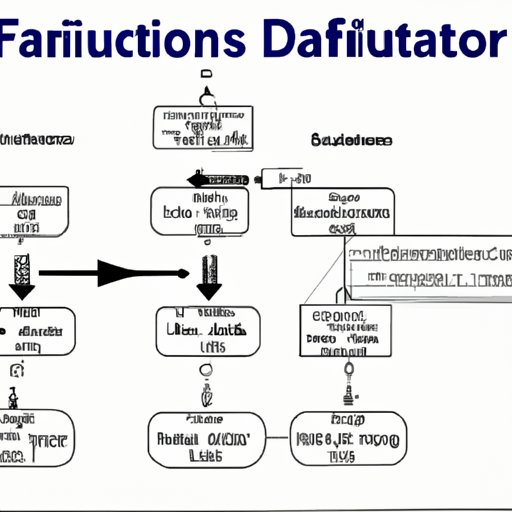Introduction
Mathematics is composed of several concepts that may be challenging to grasp. The idea behind rationalizing a denominator is one such concept that may leave many people scratching their heads. Rationalizing the denominator may seem daunting, but it is critical for solving complex equations. This article will provide a simple step-by-step guide to rationalizing a denominator, common mistakes to avoid, case studies, real-world applications, and a comparison of different methods of rationalizing denominators.
Step-by-Step Guide
When presented with a fraction with a radical or any root in the denominator, it needs to be rationalized. Rationalizing the denominator means converting the denominator, often a radical, into a rational number, i.e., a whole number or a fraction. The process of doing this involves multiplying by a suitable factor without altering the value of the fraction. Rationalizing the denominator is one of the fundamental tools in algebraic manipulation.
To rationalize the denominator, follow these simple steps:
- Identify the denominator.
- Determine the rationalizing factor, which is the value that when multiplied by the denominator of the given fraction produces a rational number.
- Multiply both the numerator and denominator by the rationalizing factor found in step 2.
For example, let us consider the fraction 1/√3.
- The denominator is √3.
- The rationalizing factor is √3 because when you multiply √3 by itself, you get 3, which is a rational number.
- Multiply both the numerator and denominator by √3:
1/√3 * √3/√3 = √3/3
Therefore, 1/√3 is equivalent to √3/3.
Common Mistakes to Avoid
Like any other equation, rationalizing the denominator is subject to mistakes. Here are some of the most common mistakes people make:
- Forgetting to distribute when multiplying.
- Misplacing signs.
- Not simplifying the expression before rationalizing the denominator.
To avoid these mistakes, it is crucial to check your work at every step of the rationalization process to ensure accuracy.
Case Studies
Let us consider some examples to demonstrate how to rationalize the denominator for different types of fractions:
Fractions with Radicals: Consider the fraction 3/√2
- The denominator is √2.
- The rationalizing factor is √2 because √2 * √2 = 2.
- Multiply both the numerator and denominator by √2:
3/√2 * √2/√2 = 3√2/2
Therefore, 3/√2 is equivalent to 3√2/2.
Fractions with Variables: Consider the fraction a/√b
- The denominator is √b.
- The rationalizing factor is √b because √b * √b = b.
- Multiply both the numerator and denominator by √b:
a/√b * √b/√b = a√b/b
Therefore, a/√b is equivalent to a√b/b.
Real-World Applications
The concept of rationalizing denominators has practical applications in various fields, including:
- Engineering: In electrical engineering, rationalizing denominators is necessary for calculating power in an alternating current (AC) circuit.
- Physics: Calculations involving kinetic energy often require rationalizing denominators to solve certain equations.
- Finance: In finance, rationalizing denominators is necessary for calculating interest rates.
Comparing Methods
There are different methods for rationalizing denominators, including multiplying by the conjugate, using a factor tree, and using the rationalizing factor. Each method has its pros and cons. The easiest method is using a factor tree, but it is limited to simple fractions. The most popular method is multiplying by the conjugate, but it can be time-consuming and confusing. The rationalizing factor method is the most general and flexible, but it can be the most complex.
Conclusion
Rationalizing denominators is an essential concept in mathematics. Whether you’re a student, engineer, or finance professional, you need to understand and master this concept. This article has provided a step-by-step guide, highlighted common mistakes, presented case studies, discussed real-world applications, and compared different methods for rationalizing denominators. Remember to practice, stay diligent, and double-check your work, and you will succeed in mastering this fundamental algebraic manipulation technique.
